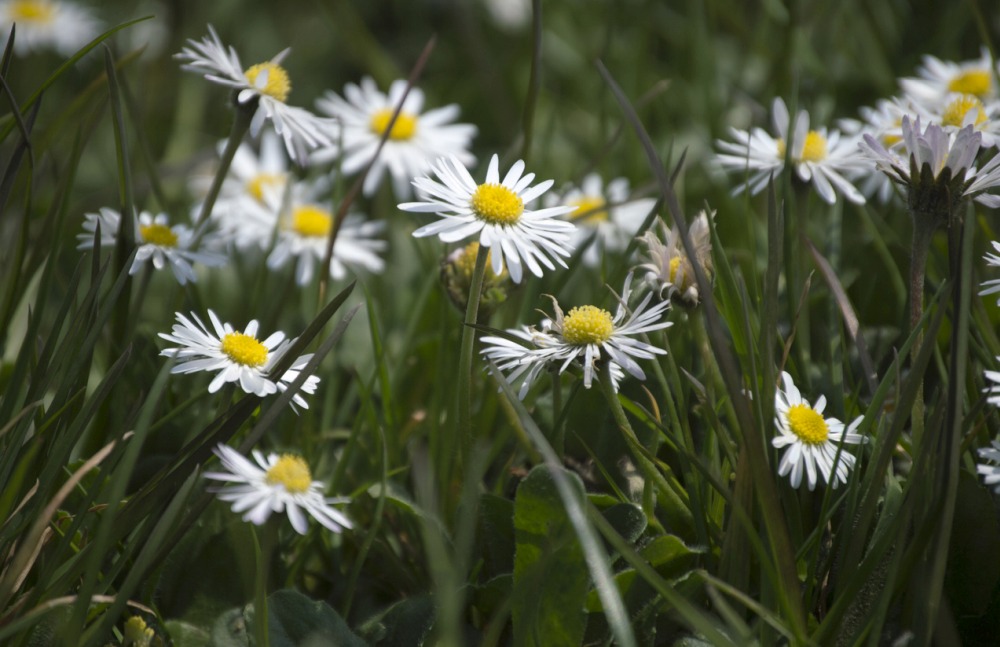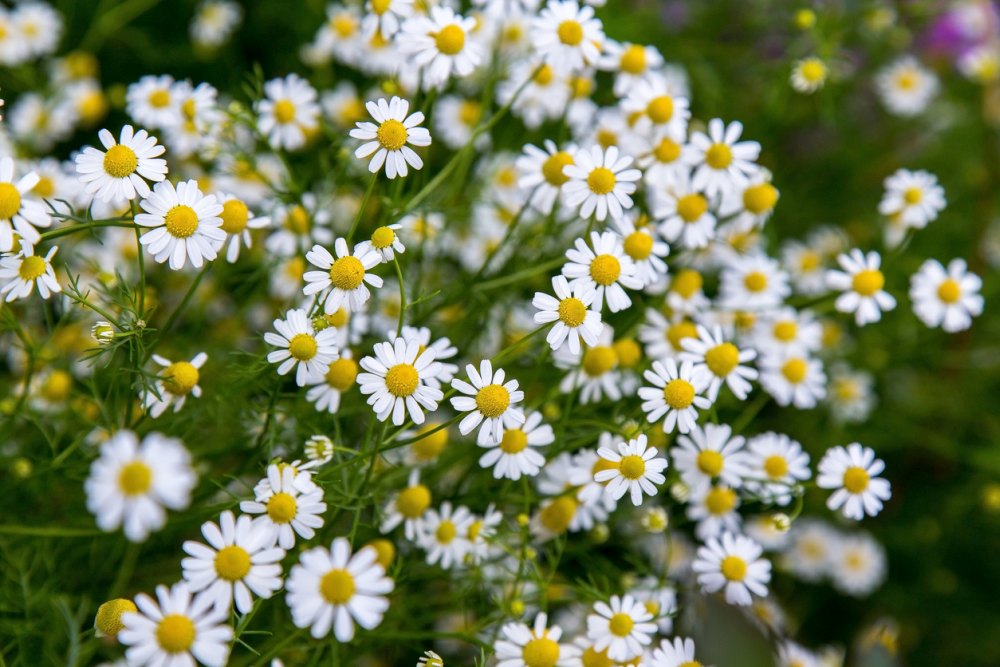Blackfoot Daisies: How To Grow Blackfoot Daisy Flowers
The blackfoot daisy is a tough flower whose beauty only matches its hardiness and resistance to drought. You can grow it in a rocky garden, gravelly spot, or even in a sun-flooded wildflower meadow and it will thrive and bring cheer and beauty to your garden. The blackfoot daisy grows just as well in pots and containers to adorn your patio and brighten the room with its white flowers.
Many gardeners grow the blackfoot daisy as a ground cover since its green foliage spreads well and acts as a backdrop for the white flowers. However, since the stems are a little fragile, you shouldn’t plant it in parts of the garden where there’s a lot of foot traffic. Hyperactive pets such as dogs might damage it easily.
The blackfoot daisy is a wonderful companion to other flowering plants such as blanket flower, Angelita Daisy, agave, verbena, Santa-Rita prickly pear, feather reed grass, red yucca, and firecracker penstemon. The white flowers of the blackfoot daisy blend well with the various colorful blooms of these other plants.
Blackfoot Daisy Basics
A native of Mexico, the blackfoot daisy (Melampodium leucanthum) is a perennial evergreen that also grows in parts of the United States especially in Texas, New Mexico, and the Central Plains. Even in the dog days of the summer when other plants look exhausted and wilted, the blackfoot daisy stills sways around cheerfully with its bright white flowers.
A member of the Asteraceae family, the blackfoot daisy grows low and its bushy foliage spreads out to cover a large circle. The leaves are oblong and narrow and each one is about 2 inches long. In the early spring, the white flowers bloom. They’re small and each is about one inch in diameter. But the flowers keep blooming throughout the hot summer and all the way into the fall.
The flowers, although small, are quite fragrant and attract many pollinators to your garden. Bees and butterflies are partial to the fuzzy yellow center of the flower where they feed on the pollen and nectar. In the winter when food is scarce, birds find a snack in the seeds of the blackfoot daisy that grow out of the fading flowers. At the same time, wildlife such as rabbits and deer don’t find the stems or leaves of this daisy particularly edible.
How to Grow Blackfoot Daisies
With all these advantages, you might wonder how come the blackfoot daisy is not in every garden, park, and meadow. And there’s no right answer to that. This evergreen daisy is so easy to plant, it doesn’t complain if the weather is too hot or too cold. Even if you forget to water it, it will still shine its white flowers and green leaves. In short, it’s the right perennial for all types of soil, weather conditions, and gardening skill levels.
- If you’re planting the blackfoot daisy in the garden, you can plant the seeds directly in the fall.
- Make sure the spot is sunny and gets at least 6 hours of full sun every day. This is important for the flowers to bloom. If you’re growing it in a pot, then make sure to place it near a window that gets the full sun for hours.
- Rock gardens are a good spot to grow the blackfoot daisy. If you don’t have a rock garden, then a garden bed would do.
- This perennial doesn’t grow well in rich soil. Mix sand or gravel in the soil to make it loose enough for the roots to grow and spread and improve the drainage.
- If you’re growing it in a pot, use a general-purpose potting mix or you can make your own by mixing equal parts perlite or peat and soil.
- Spread the seeds on the surface of the pot or the garden bed and cover with a thin layer of soil.
- You can also propagate the blackfoot daisy from a cutting, but it’s much easier to plant the seeds.
- Water the soil making sure not to expose the seeds.
- Keep the soil moist but not wet (in the fall the soil doesn’t dry out quickly) until the seeds germinate.
- You won’t have to water it more than once a week unless it’s very hot then you can irrigate it twice. Too much water is bad for this daisy and it can tolerate drought better than soaked soil.
Blackfoot Daisy Care
You probably figured out by now that your blackfoot daisy doesn’t require much attention. In addition to tolerating drought, it also thrives in different types of soil, except for clay and rich soil. The daisy also handles extreme heat and even frost making it the ideal perennial in many gardens. That said, you still need to give it some of your time and attention.
Soil
All types of soil are good for this daisy. It thrives in a rock garden or grassland or even lightly acidic soil. The only condition that could create a problem for this hardy plant is if the soil is either too rich or packed. Drainage is very crucial for the success of the blackfoot daisy. So check your soil before you plant the seeds or cuttings. To test the drainage in the soil, dig a small hole about 5 inches deep, and fill it with water. If it takes about a minute or more for the water to fully dissipate, then the drainage in the soil is poor. You’ll need to till the soil and mix it with sand or gravel to improve drainage.
Watering
When it comes to the blackfoot daisy, the less water you give it the better. In its natural habitat it doesn’t get much rain and the air is almost always dry. So what happens if you keep the soil wet either by mistake or because there’s a source of water nearby? In that case, the lush green leaves of this evergreen turn yellow, droop, and then fall. Eventually, the plant will die. As a rule of thumb, you should let the top 3 inches of the soil in the garden bed dry out before you water it. In a pot, where the soil goes dry quickly, you can water it twice a week in the summer months and once a week for the rest of the year. In the water, you can stop watering it altogether. If it shows signs of dehydration such as wilting or drooping leaves, you can water it lightly.
Temperature and Light
The blackfoot daisy has a USDA hardiness classification between zones 5 and 10. As you can see it can tolerate various temperatures ranging from the very hot to the chilly and cold. The only precondition this daisy demands to grow well is enough full sun. It needs at least 6 hours of direct exposure to sunlight. If the sun in your region gets brutally harsh in the summer, then partial shade will help the plant thrive. In the winter, the plant will maintain its fresh and green foliage but the flowers will only appear between the spring to the fall.
Pruning
Even pruning isn’t really necessary here. The bushy blackfoot daisy doesn’t grow out of hand and once it reaches full growth, it will stop expanding. Most of the growth is horizontal which is why it’s good to cover the ground. You can deadhead them if you don’t want to have new plants. But other than that there’s not much grooming you need to do. It really doesn’t get any easier than that.
The only time you’ll need to check on the plant, apart from the occasional watering, is if you want to collect the seeds. The seeds are a tasty and nutritious snack for many birds. You will need to let the seeds dry out on the plant before you harvest them. When the tips of the seed turn black, then you’ll know they’re ready to harvest.
Pests and Diseases
No pests attack the blackfoot daisy. Not even your common aphids and thrips. As for diseases, the only problem you might have is with root rot. It’s caused by overwatering the plant or if the soil is not well-drained. The symptoms of root rot include yellowing leaves, soft stems as opposed to the healthy yet brittle ones, and lack of flowering. Check that you’re not overwatering the plant. If the soil drainage is the issue, you might have to transplant the daisy. Although that’s easier said than done because of their taproots.
Tips for Growing Blackfoot Daisies
As easy to grow and maintain as the blackfoot daisies are, you might still come across some issues. Here are a few tips to help you get the most of your daisies all year round.
- Once the last flower has faded and you have harvested the seeds or left them for the birds to feed on, you should cut the bush back by about 50 percent. This encourages the plant to grow new shoots and flowers in the spring.
- Grow your blackfoot daisies on a hedge or at the top of a low wall. This allows them to flow down and cover it with their beautiful flowers.
- The blackfoot daisy is not easy to repot or transplant because of its taproot. If you plant it in a permanent place in your garden, make sure there’s no underground water that taproot can reach.
- Since they self-seed, you need to deadhead the plant. This is crucial to stop new plants from growing and taking up the whole area every spring.

